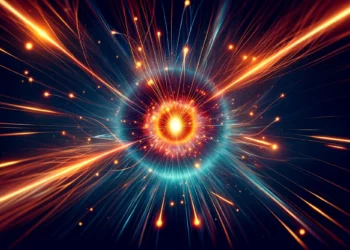It may be the dawn of a new age for particle physics – scientists and engineers are working together to restart the Large Hadron Collider. Upon reactivation, the LHC will be capable of energies never before achieved, potentially unveiling novel particles, confirming the Standard Model and revealing some of the Universe’s biggest mysteries.

The Large Hadron Collider (LHC) is the world’s largest and most powerful particle collider, and the largest single machine in the world. The aim of this ambitious project is to test the predictions of different theories of particle physics and high-energy physics – especially those of the Standard Model. The Standard Model of particle physics attempts to classify all the known subatomic particles, as well as the interactions between the electromagnetic, weak, and strong nuclear interactions.
The LHC has yielded some valuable results along the few years it worked, but now, physicists really want to take it to the next level. For this reason, they need more power, and so the collider was shut down since February 2013. Previously, they were able to accelerate protons up to an energy of 8 trillion electron volts (TeV), but the machine’s electromagnetic fields will now inject them with more energy, causing them to crash together at 13 TeV. The magnets that used to produce fields with a strength of 5.9 teslas will now create 7.7-tesla fields. The LHC’s energy boost might open new doors and allow researchers to observe never-before seen particles; one such particle is the Higgs Boson, which seemed to reveal itself in 2012.
“We opened all the interconnections, we checked them and we completely redid one third of them,” says Frédérick Bordry, head the accelerator division at LHC’s home laboratory, CERN (the European Organization for Nuclear Research). “It was an interesting adventure.” Workers also did maintenance on thousands of other components of the machine and tested them thoroughly to make sure the collider is healthy. Bordry says he is confident the LHC will not see a repeat of the electrical glitch that caused major magnet damage just after the accelerator first opened seven years ago, delaying operations by 14 months.
Physicists are now itching their fingers to see how the more touchy parts of the Standard Model.
“We know the standard model can’t be a complete theory, can’t be the final answer, which is why it’s so frustrating that it’s behaved so well in run one,” says Tara Shears, a physicist at the University of Liverpool in England. “In run two we’re hoping to see cracks.”
Personally, I really look forward to the relaunch of the LHC. It’s just might be history in the making.






